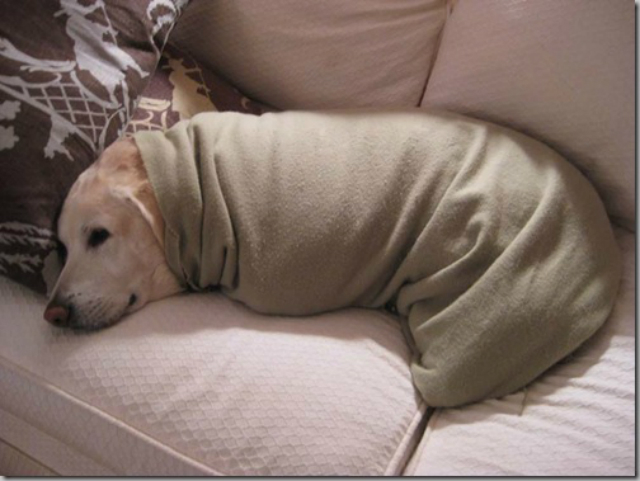It is that time of year, and this year (2018) we are having a roller coaster ride with the freezing inclement weather. Our pets need us to be responsible and help them with the change in temperatures and especially with these freezing temperatures we are experiencing.
For outside pets: Watch pets for hypothermia (lowering of body temperature) Add straw to the doghouse for insulation. For outdoor cats, provide a snug, warm bed off the cold ground. Outdoor pet’s water bowls can freeze. Outdoor dogs and cats need shelter out of the cold, wind and elements. Outdoor cats get into car engines for warmth. Knock on the hood or honk the horn before starting engines. Bring pets in if weather conditions are severe.
Antifreeze poisoning: Antifreeze smells good and tastes great to pets if you suspect antifreeze-poisoning transport to vet immediately, do not wait for symptoms to appear. It will be too late.
For inside animals, add protective screens around fireplaces and install carbon monoxide protectors. Keep the thermostat level; animals are sensitive to temperature changes. Regular brushing of the coat helps distribute natural oils to the skin. Inspect paws regularly for cracked pads, broken nails, or snow/ice damage
Signs of frostbite include red or swollen areas of skin. Watch pet for hypothermia (lowering of body temperature).
Symptoms of hypothermia include:
- altered consciousness
- slow or absent pulse
- shallow or infrequent respiration
- reduced or absent heart sound
- dilated pupils
Mild cases of hypothermia may be treated by:
- Drying the body surface if the animal is wet.
- Wrapping the animal in towels or blankets
- Applying an external heat source (hot water bottle, heating pad, electric blanket) DO NOT APPLY DIRECTLY TO SKIN.
- Bathing the pet in warm water if the above methods are not available
Always seek medical attention from your veterinarian after your pet is stabilized!

